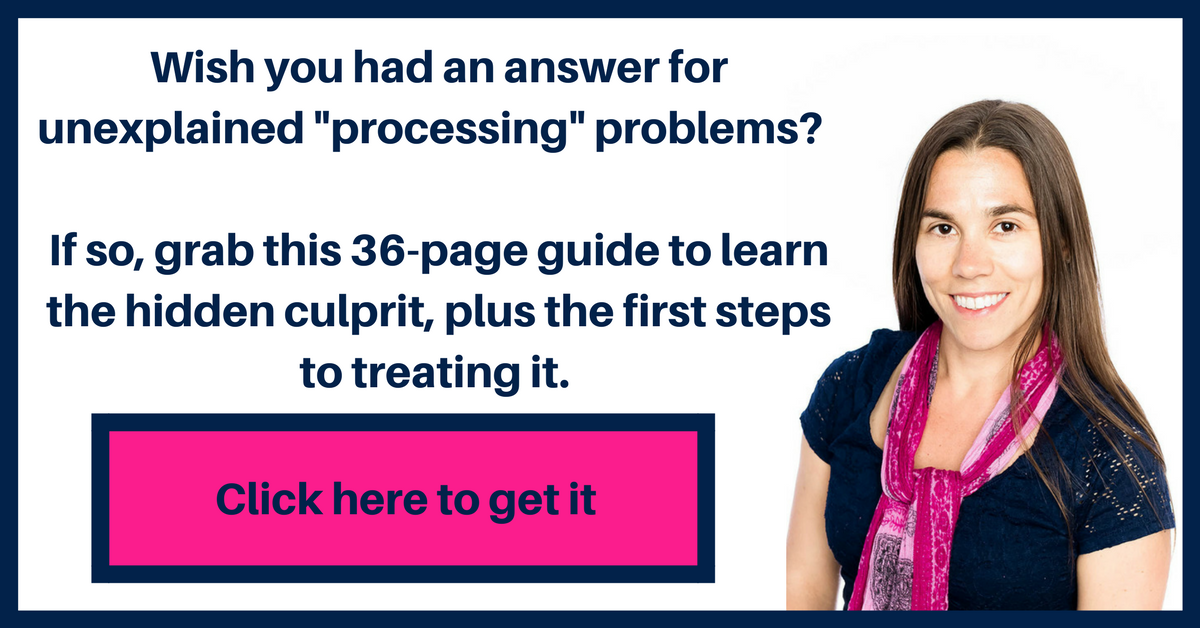If you’re an SLP, you have to collaborate with psychologists on a regular basis to evaluate struggling students.
You also may find yourself in situations where you have to explain the eligibility process to people who have no background special education…which is no small task.
Not only is this hard to explain to other people…it can be hard to understand ourselves.
If you’ve ever felt a little confused about how the special education eligibility process works, you’re not alone.
A lot of the training we get as SLPs focuses on a medical model…which is very different from the way things work in the schools.
Regardless…we still need to know how to navigate the process…no matter how complicated it may seem.
That’s why I asked my colleague, Jil Stauter, to clear up some of the confusion for us.
Jil is a school psychologist who has worked with students from preschool all the way through high school. I was fortunate enough to work on a team with her for a number of these years.
In this in-depth interview, Jil and I deconstruct the process of determining if students are eligible for special education services under the label of “specific learning disability”.
She also shares some essential advice for anyone who aspires to work in the school systems and be a part of the special education process.
Here’s a breakdown of what we cover in the interview:
1:20 The “old” way of diagnosing kids using the “discrepancy” model.
3:01 The current way we determine eligibility using Response to Intervention.
4:41 Common problems and points of confusion when it comes to RtI.
6:00 What to do when determining eligibility for a student whose family has had frequent moves.
7:45 How to determine eligibility for students who are home-schooled.
9:22 What the minimum time period for an RtI intervention should be.
10:30 What types of data a school psychologist needs in order to make a student eligible under “specific learning disability” using the RtI process.
14:30 What confuses people most about special education services in the schools.
17:40 Common conflicts/points of confusion between school professionals and clinicians working outside the school systems.
19:00 What to do if you disagree with the recommendations of an outside evaluation.
24:20 Where SLPs can add the most value to the IEP team evaluation process.
26:00 What to do if you have a student with a “speech only” IEP; but you suspect they may eventually need other services.
33:11 One of the most important things you can do to succeed in a school position. `
You can check out the enter interview here:
Are you sick of second-guessing yourself when it comes to treating language disorders?
Do you spend hours prepping for your sessions, only to find that your students still aren’t getting better?
If so, check out this free guide for SLPs called “The Ultimate Guide to Sentence Structure”.
Inside you’ll learn exactly how to focus your language therapy. Including:
- The hidden culprit behind unexplained “processing problems” that’s often overlooked.
- The deceptively simple way to write language goals; so you’re not spending hours on paperwork (goal bank included).
- The 4 sentence types often behind comprehension and expression issues and why they’re so difficult.
- An easy-to-implement “low-prep” strategy proven to boost sentence structure, comprehension, and written language (conjunctions flashcards included).


